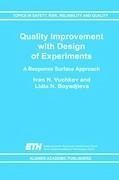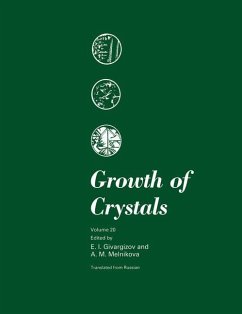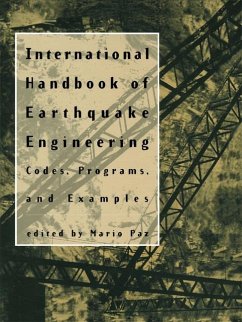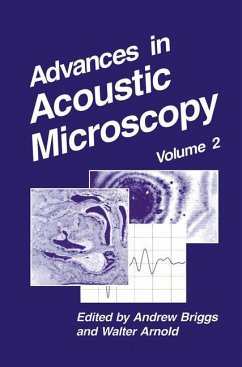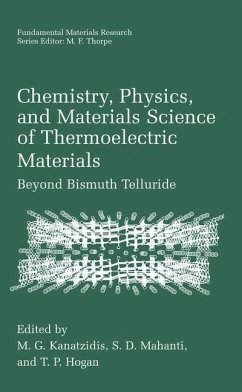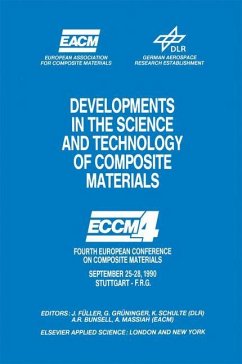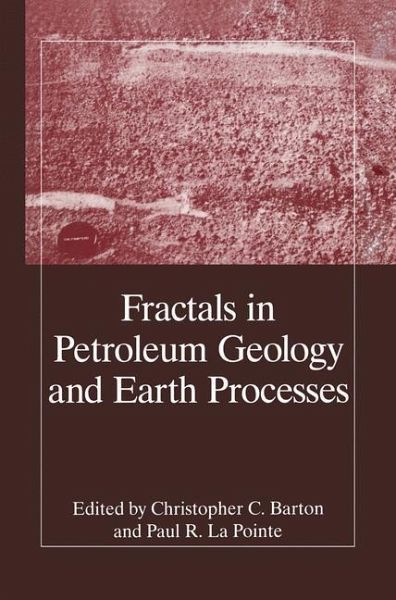
Fractals in Petroleum Geology and Earth Processes
Versandkostenfrei!
Versandfertig in 1-2 Wochen
153,99 €
inkl. MwSt.

PAYBACK Punkte
77 °P sammeln!
In this unique volume, renowned experts discuss the applications of fractals in petroleum research-offering an excellent introduction to the subject. Contributions cover a broad spectrum of applications from petroleum exploration to production. Papers also illustrate how fractal geometry can quantify the spatial heterogeneity of different aspects of geology and how this information can be used to improve exploration and production results.







